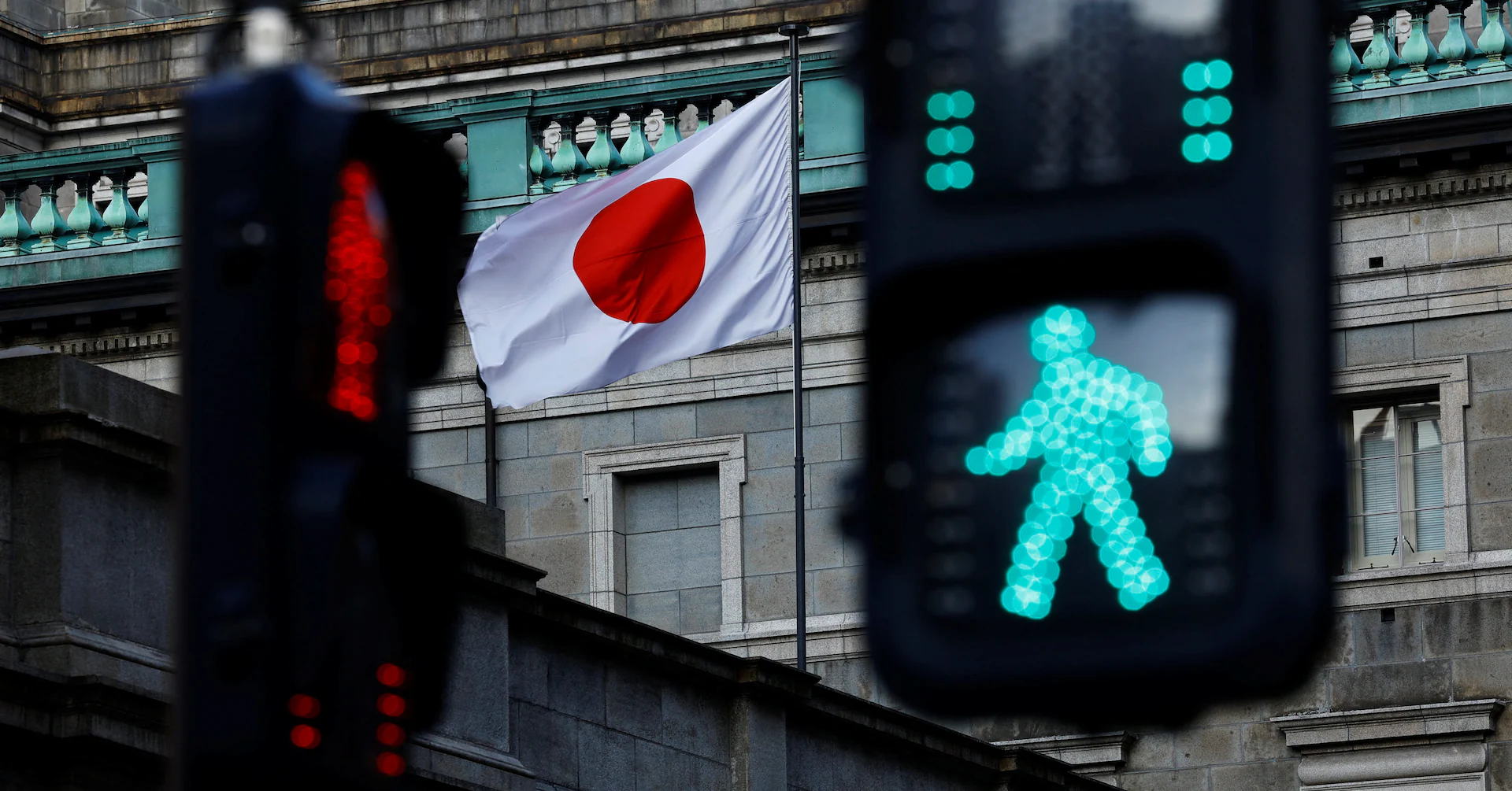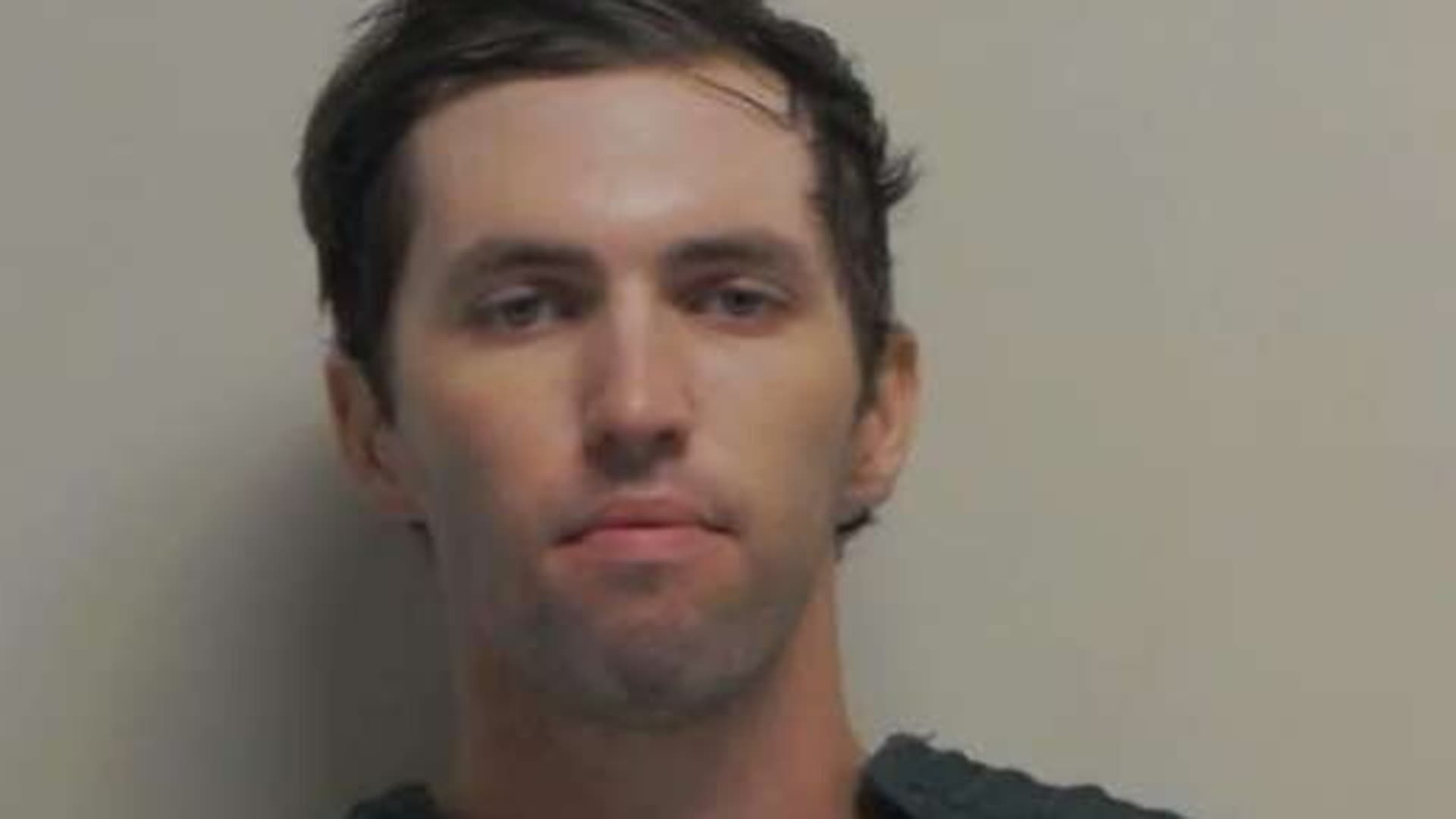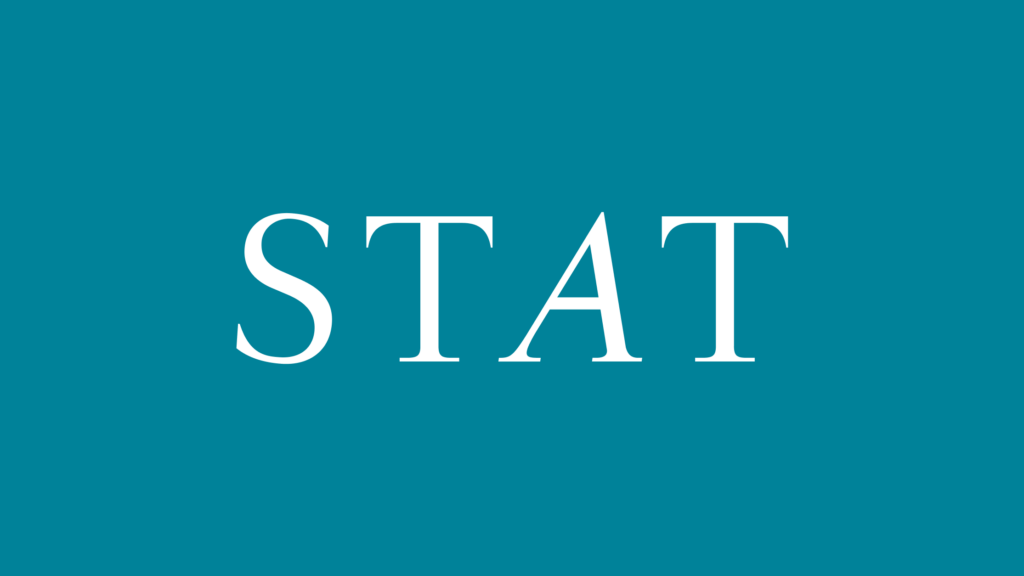
TOKYO, Sept 29 (Reuters) – A hawkish board split at the Bank of Japan’s policy meeting this month has increased pressure on its dovish governor Kazuo Ueda to move faster on interest rate hikes, raising the prospect the next tightening could come as soon as October.
The central bank kept rates steady at 0.5% earlier this month, as expected, but dissenting calls by two board members for a quarter point hike stunned markets and were read as a sign the BOJ was less worried about economic headwinds than first thought.
Sign up here.
While it is uncertain whether the move was designed as an intentional signal to markets a rate hike was imminent, veteran BOJ watcher Mari Iwashita said it represented a growing board view that conditions for the next rise were falling into place.
“The dissenters probably wanted to nudge Ueda to move faster and get a rate hike done, given it was something that would happen sooner or later,” Iwashita said.
Since taking the helm at the BOJ in 2023, Ueda has delivered the bank’s first rate hike in 17 years but has in the past six months grown more cautious about the outlook.
Ueda’s dovishness contrasts with a shift in views among others in the BOJ’s nine-member board in recent months, who are calling for more rate hikes.
Board members Naoki Tamura and Hajime Takata surprised markets by proposing a rate hike at the BOJ’s decision in September.
The exact timing of the next hike rests on whether upcoming data convince BOJ policymakers the U.S. will avert a recession, and U.S. levies won’t derail Japan’s fragile economic recovery, said sources familiar with the central bank’s thinking.
At the same time, mounting price pressure has been worrying the board since as early as July. While some members expected food inflation to dissipate, others warned that steady price rises of daily necessities could unleash broad-based, persistent inflation, minutes of the July 30-31 meeting showed.
For the most part, policymakers seem to be looking through recent economic weakness.
Of the six opinions on the monetary policy outlook, all but one called for raising rates in a timely fashion with one seeing the chance of doing so by year-end, the July minutes showed.
Since then, data has shown limited economic damage from U.S. tariffs with some policymakers viewing an August drop in exports as largely a reaction to pent-up demand in prior months.
While dismal jobs data stoked fears of U.S. recession, such concern has eased as the economy shows resilience and prospects that rate cuts by the Federal Reserve would underpin growth.
The dissenters may find more allies in the nine-member board if upcoming data further ease concern of a steep U.S. downturn, and show Japan’s manufacturers can weather the hit from U.S. levies, said one of the sources.
“It’s crucial that there were two, not one, dissenters,” said the source, who spoke on condition of anonymity as he was not authorised to speak publicly. “This could sway other members more in favour of a near-term rate hike.”
While BOJ policymakers have been mum on the pace and timing of future rate hikes, there is broad consensus it will come at one of the three meetings by January next year, the sources say.
Markets have priced in roughly a 50% chance of a rate hike in October. A Reuters poll showed a majority of economists expect another 25-basis-point hike by year-end, although there was less conviction about the timing with bets centering on October and January.
NOT ABOUT LOGIC
A former commercial banker, Tamura is a well-known hawk who made a solo, unsuccessful proposal in December to hike rates to 0.5% – only to see the BOJ do just that a month later.
The significance of the split vote was heightened by the dissent of Takata, who has always voted in favour of Ueda’s proposal and was seen holding views close to those of the governor, analysts say.
“Though it’s hard to tell, the dissents could have been an intentional signal to markets that a rate hike is approaching,” former BOJ board member Makoto Sakurai told Reuters.
The board’s hawkish bias contrasts with a generation of dovish policymakers who dominated during the era of Ueda’s predecessor Haruhiko Kuroda, but have since bowed out.
Newcomer Junko Koeda, who succeeded Adachi, has expressed concerns about rising food prices.
Another newcomer, Kazuyuki Masu, is seen as neutral on policy and replaced Toyoaki Nakamura, a dove who repeatedly dissented from the BOJ’s decision to phase out stimulus.
That has left Ueda as the most cautious board member.
Some analysts doubt whether enough data would come out by the October 29-30 meeting to convince Ueda, who has huge sway on the rate decision, to pull the trigger.
“Judging from his recent remarks, I don’t think he’s convinced that conditions for a hike are in place,” said former BOJ board member Seiji Adachi, who sat on the board until March.
Among key data coming out is the BOJ’s “tankan” business survey, due on October 1, which will show how U.S. tariffs are affecting businesses. A report by the BOJ’s regional branch managers, due on October 6, will give an overview of how smaller firms are weathering tariffs.
In the end, politics and exchange-rate moves could be a key factor swaying the rate-hike timing, especially as Prime Minister Shigeru Ishiba steps down.
Concerns his replacement could meddle in monetary policy have receded with none of the candidates, including advocate of monetary easing Sanae Takaichi, opposing rate hikes. One even backed moderate increases in borrowing costs.
A renewed fall in the yen, which has weakened to near the critical 150 line to the dollar, may pressure the BOJ to hike rates as it accelerates inflation by lifting import costs, analysts say.
“Given how much Ueda stressed downside economic risks, it’s logically hard to justify a rate hike in October,” Adachi said. “But sometimes, it’s not just about logic.”
Reporting by Leika Kihara; Editing by Sam Holmes



